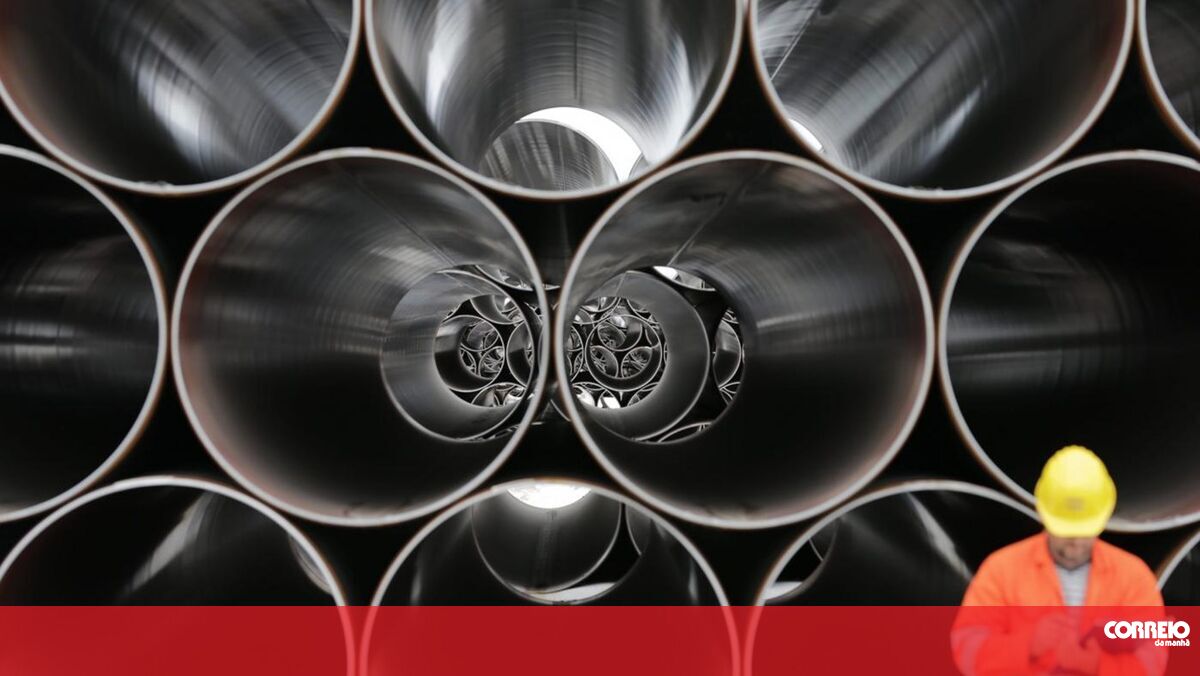The Mozambican government wants to send cooking gas to at least half the districts of the capital Maputo by 2030 as an alternative to rising fuel prices in Mozambique, an official said on Tuesday.
“We want to cover more areas of the city of Maputo so that the capital stops transporting cylinders and connects gas. We will be very pleased if, by 2030, half of the regions of Maputo will be provided with a gas pipeline,” said Moises Paulino, National Director. hydrocarbons and fuels at the Ministry of Minerals and Energy (Mireme) of Mozambique.
The official spoke to reporters on Tuesday after visiting areas where the 30 million metiqai (463,000 euros) project in Maputo is being implemented.
According to Moises Paulino, this initiative “is the alternative that the government of Mozambique, as a gas producer, offers to Mozambicans” to deal with rising gas prices.
Mozambique’s Energy Regulatory Authority (Arene) announced on 1 July the third increase in fuel prices this year, with cooking gas prices rising nearly 20%.
The government expects to provide gas to 200 families this year in the 25 de Junho, Coop and Munhuana districts of Maputo, and another 100 homes will use gas from 2021 in the Aeroporto district used for the pilot phase of the project.
“I’ve been using pipeline gas for a year now and it’s very economical because I can buy it with the amount I have,” said Luisa Adolfo, a housewife and airport resident.
Louise says that her gas cylinder, which at the time cost about 850 meticai (13 euros), did not last a month, but with piped gas she saves more and spends 900 meticai (14 euros) per month.
“The cost of a gas cylinder for a citizen’s pocket is higher than the cost of obtaining it within the framework of this project,” Moises Paulino emphasized, noting that gas is paid for in advance and there is no fixed price.
The authorities ensure sufficient safety to prevent explosions, noting that the pipeline is at least 90 centimeters deep and that the system automatically shuts off the gas supply and issues an alert to the plant when it detects a leak or anomaly at the facilities. .
According to the director of the UVS, the “big task” of the government is to scale the initiative to other regions of the country in order to “respond to the rising cost of living.”
“The technology is already here, the big challenge is to make this gas available to more Mozambicans,” he stressed.
According to the authorities, the project was first implemented in Inhambane, where about 3,000 connections were installed in the districts of Inhassoro and Vilanculos.
Author: Lusa
Source: CM Jornal
Jane Stock is a technology author, who has written for 24 Hours World. She writes about the latest in technology news and trends, and is always on the lookout for new and innovative ways to improve his audience’s experience.




